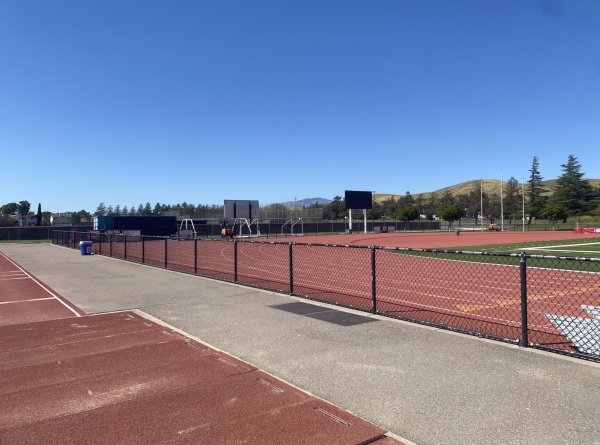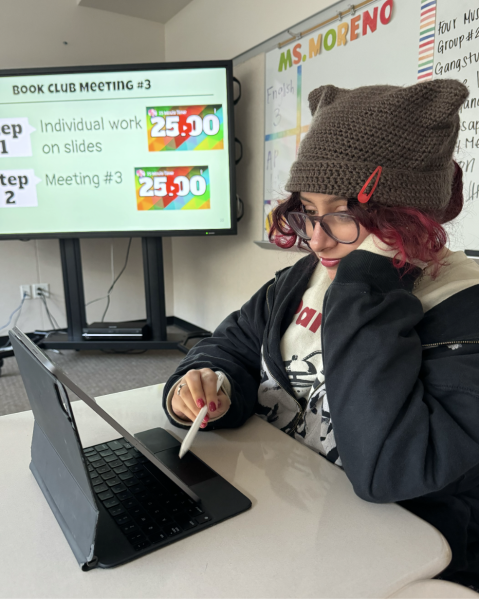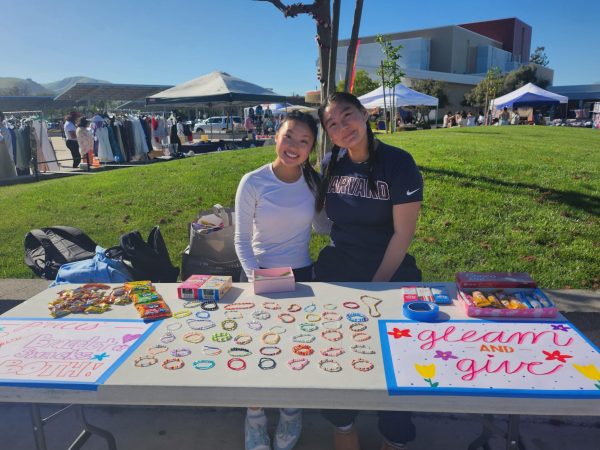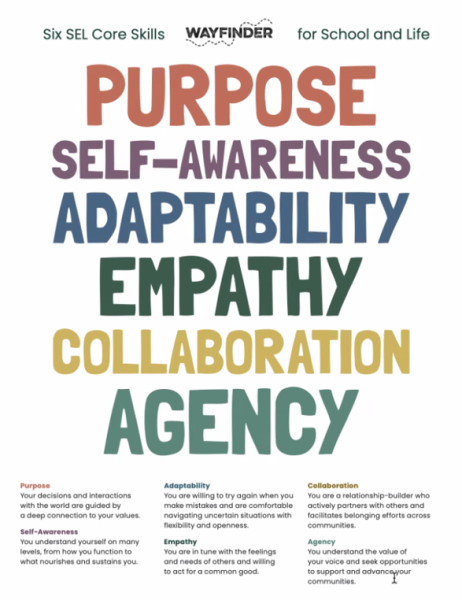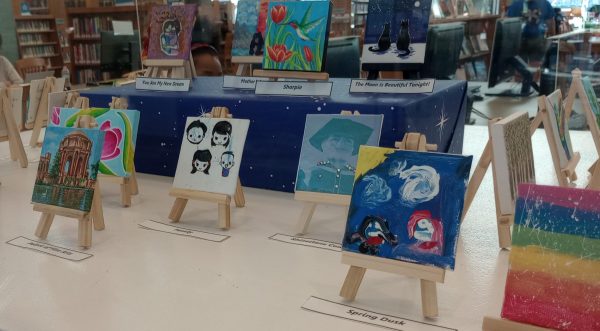DHS Students Go to NASA!
Awe-inspiring, massive rocket ships. Bulky, state-of-the-art astronaut suits. Perilous and uncharted expeditions with the potential of encountering the extraterrestrial. Working at NASA, perhaps the most well-known organization devoted to exploring the outreaches of deep space is practically every little kid’s dream, and these are a just a few of the many glamorous ideas they may think of when envisioning such a desired career. In reality, working at NASA doesn’t always involve putting one’s life at risk – although this doesn’t necessarily mean it can’t be just as interesting, which was something a group of very fortunate DHS students learned on a field trip to one of NASA’s many facilities.
At 7:45 AM, on Tuesday, June 5th, 2018, a group of around forty DHS engineering students gathered to board a bus that would take them to the Ames Research Center. One of only ten NASA research centers across the globe, the Ames Research Center is known mainly for its massive wind tunnels, which are used to test and improve the construction of large-scale vehicles based on wind generated by large fans located in the tunnels. DHS students had the opportunity to stand directly in one of the wind tunnels, accompanied by a personal tour guide who detailed exactly how such a large construction functioned.
“[M]y favorite part of the trip was standing in the center of massive wind tunnels, where spacecraft and vehicles were tested against powerful winds of more than 300 miles per hour,” freshman, Vikas Ummadisetty stated. “Wrapping my head around this number and standing in front of six 22,500 horsepower motors was really overwhelming.”
However, students were also exposed to a number of other impressive technologies. In cases where vehicles couldn’t be brought into the wind tunnels, virtual reality similar to that of everyday video games is used in order to test the substantiality of the vehicle. For example, say a fighter jet needed to be tested. NASA’s engineers would construct a compact compartment with all the controls, levers, and radars a normal jet would include, then simulate an image of flying through the sky through the window of the compartment. That way, when an experienced pilot tested their simulation, they would be able to confirm whether or not it felt natural. Based on this feedback, NASA would be able to improve their compartment.
Overall, students would agree that they were grateful for simply being given the opportunity to attend such a trip. “One of the perks about being in the engineering academy is that they offer opportunities that you normally couldn’t find outside of it,” freshman, Mandy Tran, explained. “NASA, for example, was a rare experience, and one that I knew wouldn’t be available to me again for a long time, which was why I decided to attend the trip. I appreciated how many adults put in the effort so students like us could experience things like this. It was really neat.”
When asked whether or not he saw himself working at NASA in the future, Ummadisetty stated,”As many of the fellow students on the field trip would agree, it would be amazing to work at the Ames Research Center to advance research and the future of space travel.” He added, “I decided to attend the field trip to the Ames Research Center as an opportunity to expose myself to the various fields of engineering, including aeronautics, fluid mechanics, and more.”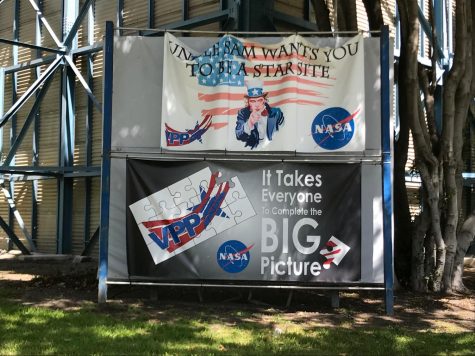
Like Tran and Ummadisetty both acknowledged, the Engineering Academy had done an exceptional job this year providing their students with opportunities to exploring the fields around them. Prior to this trip, the academy had attended a number of college campus tours, and other labs/workshops. As the designers and creators of the future, exposure is the best way to give these students an idea as to where they might see themselves working later on in their career. And, at the end of the day, NASA is as good as any place to begin.
Your donation will support the student journalists of Dublin High School. Your contribution will allow us to purchase equipment and cover our annual website hosting costs.

Danielle Tran is a senior at Dublin High and one of this year’s Editors-in-Chief. She holds a deeply-rooted passion for writing, and has dreamt of becoming...


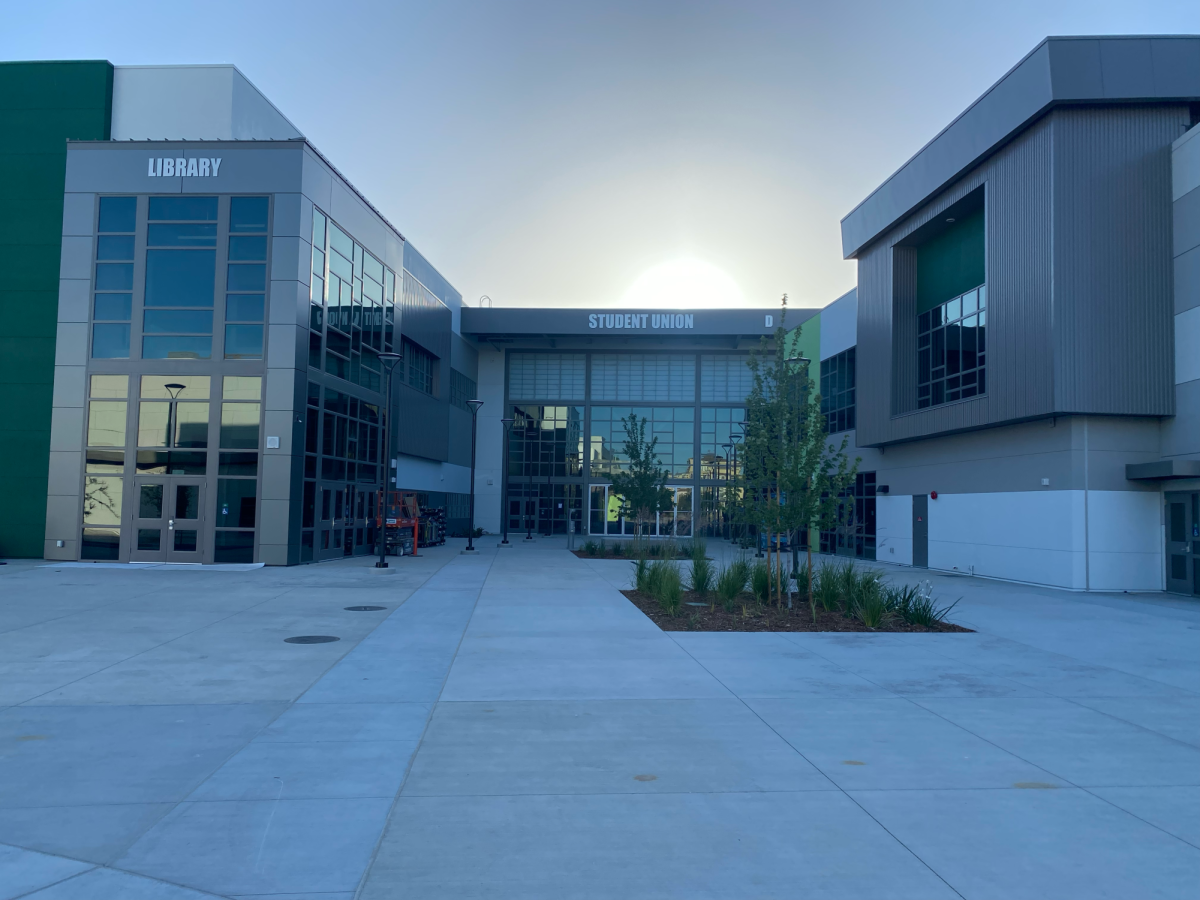
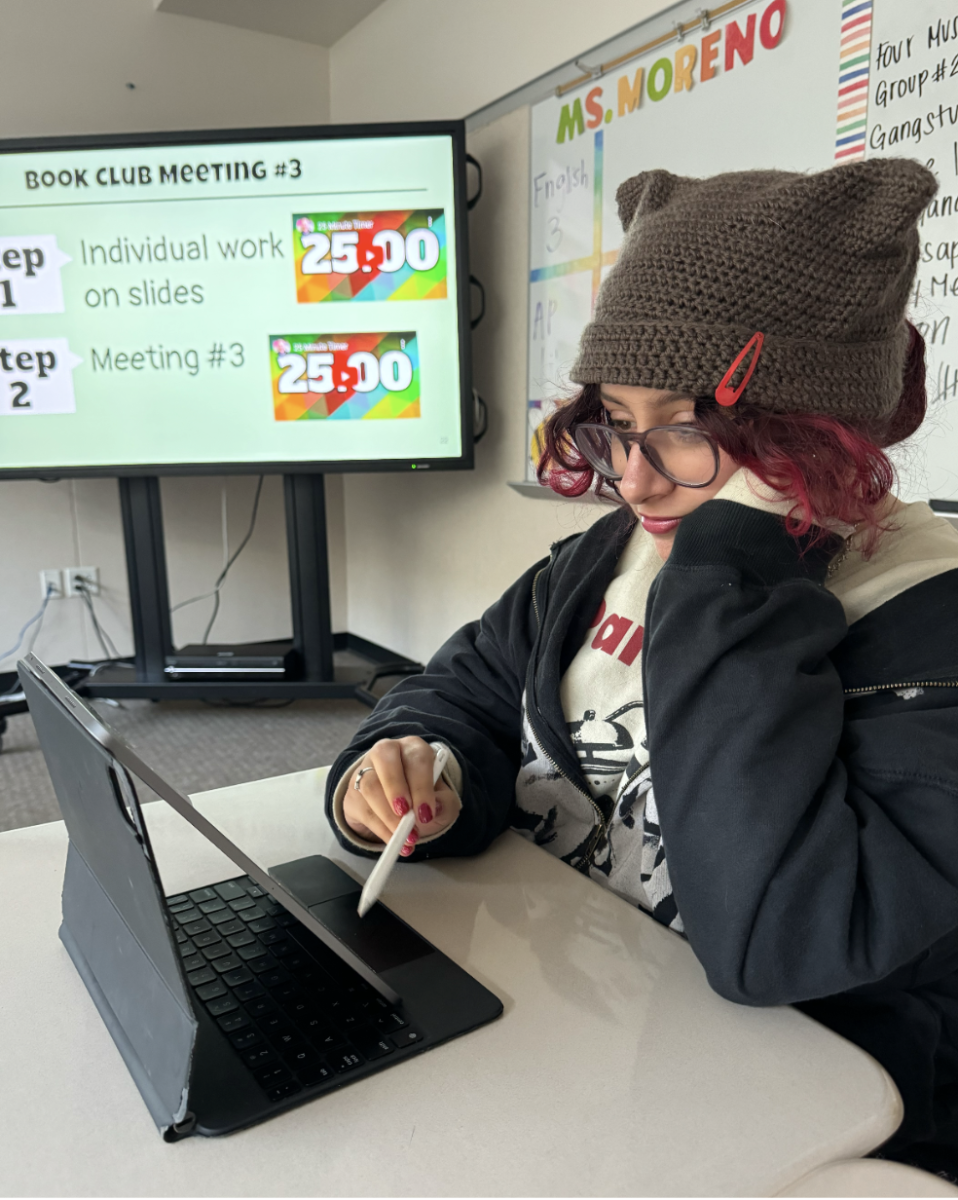
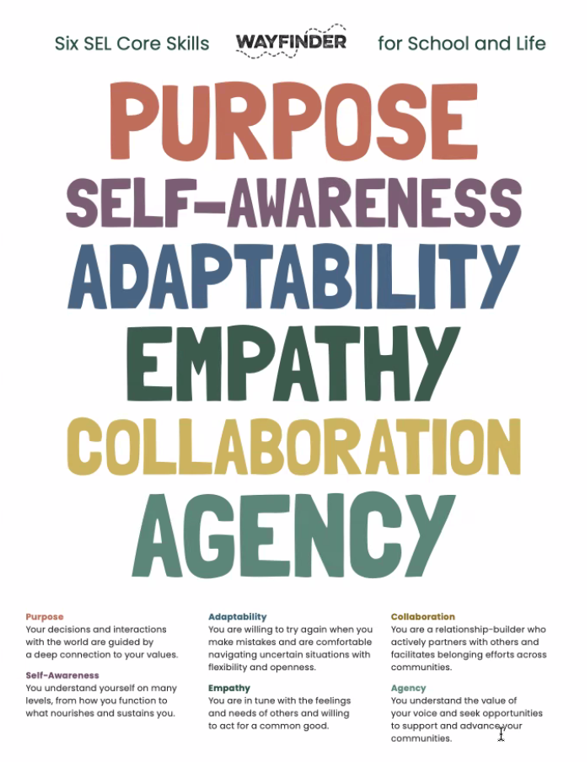
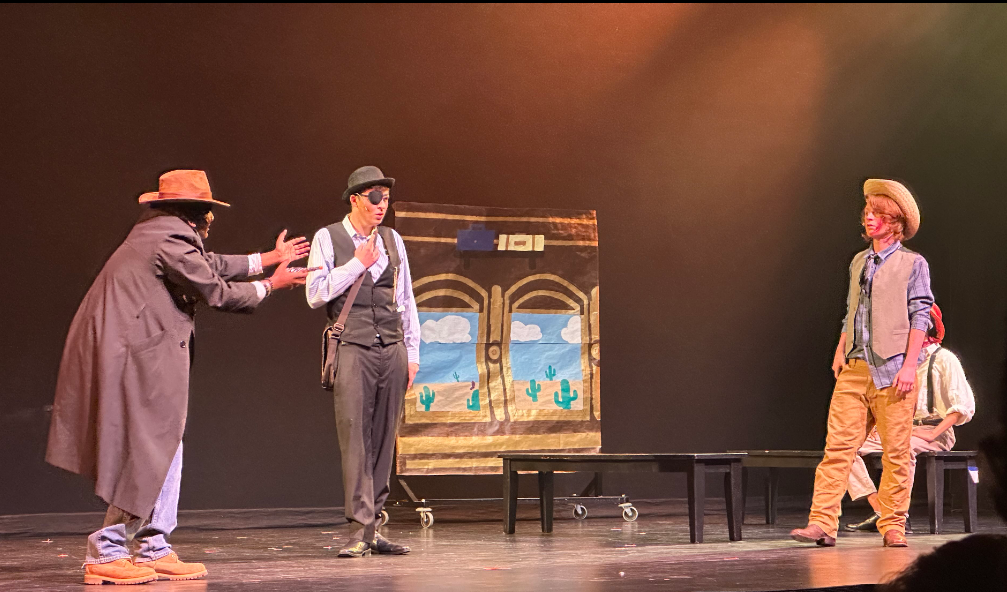
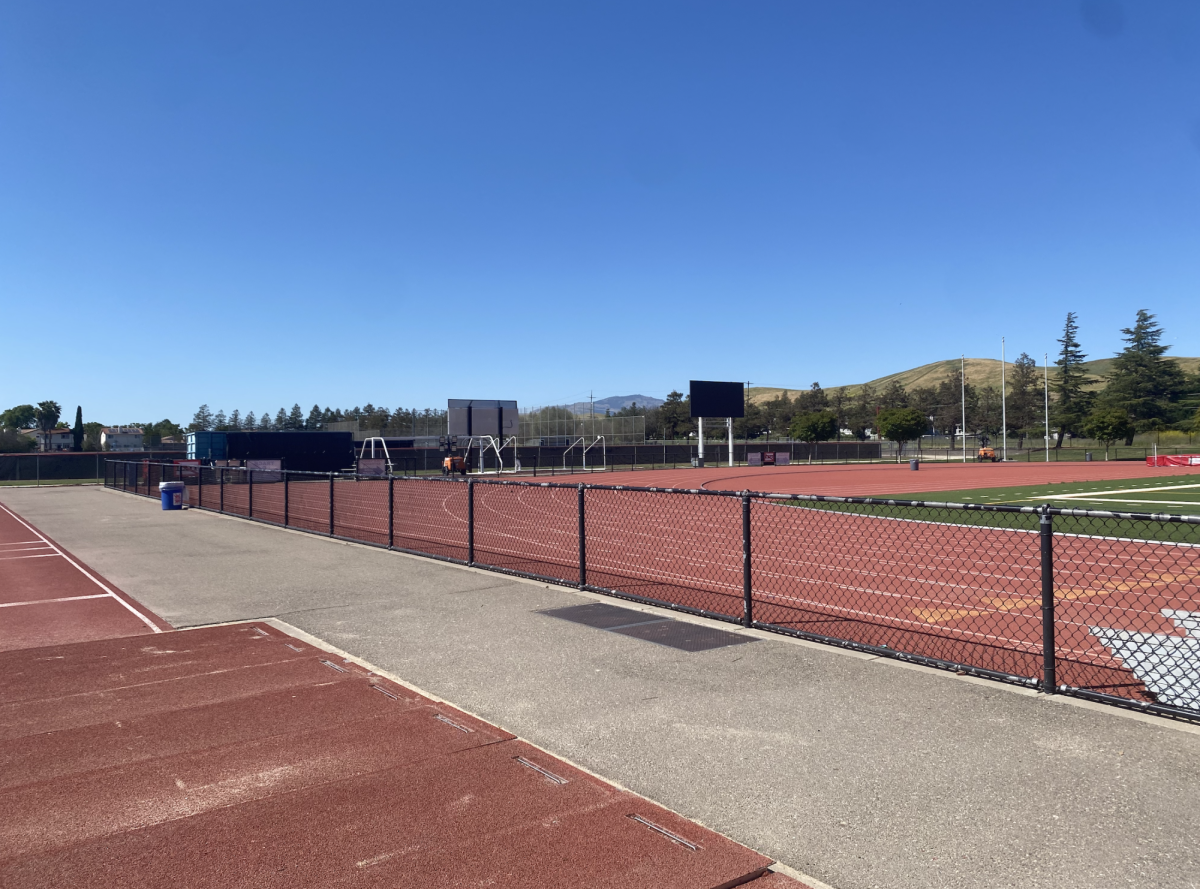
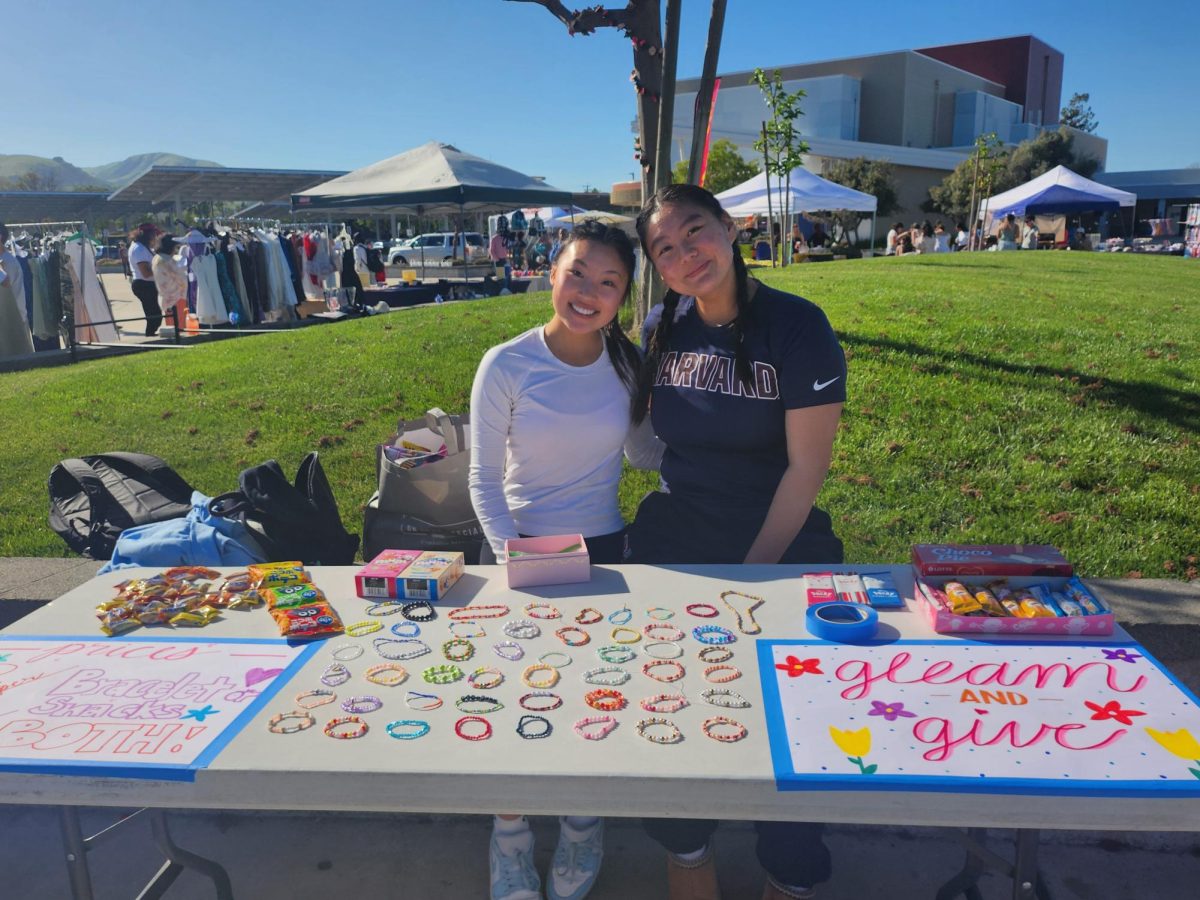
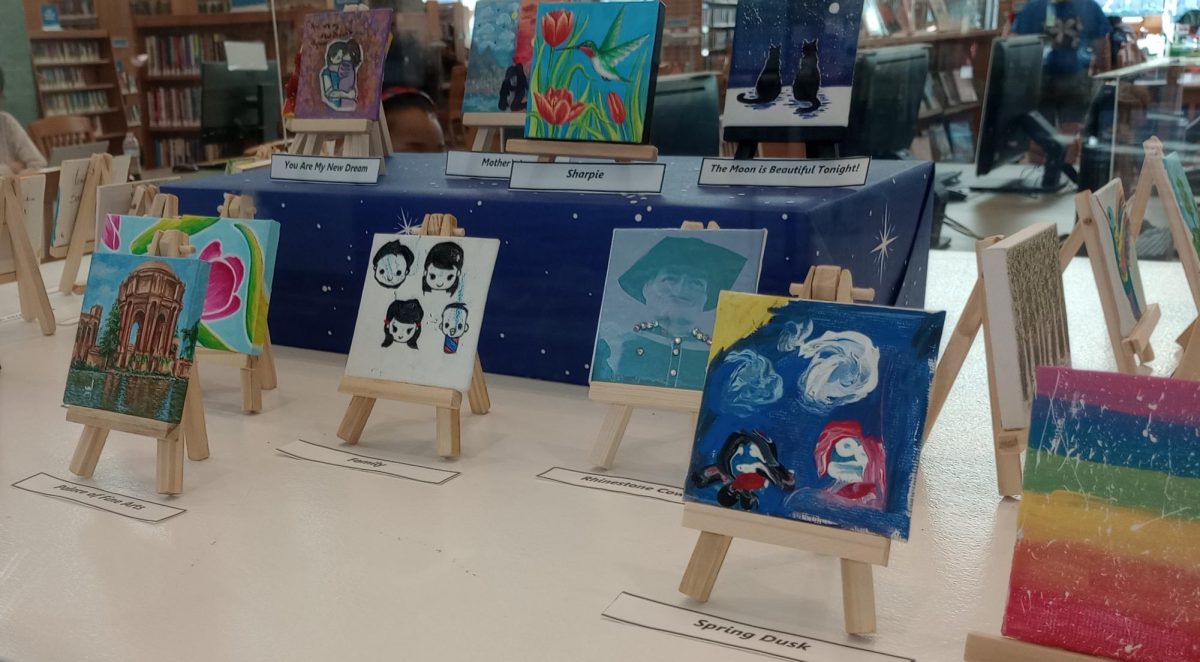
![[Book Review] Weapons of Math Destruction: The insidious danger of Big Data](https://thedublinshield.com/wp-content/uploads/2024/06/wmdsarticle-727x1200.jpg)

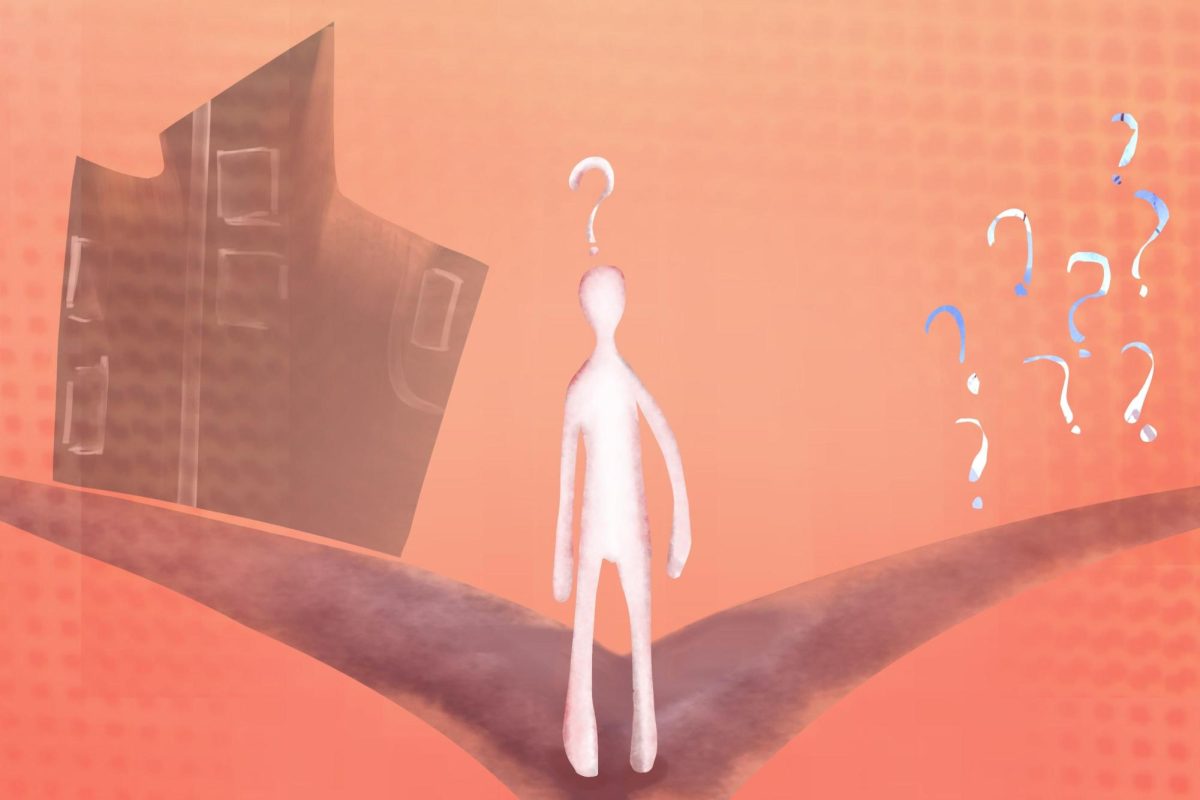


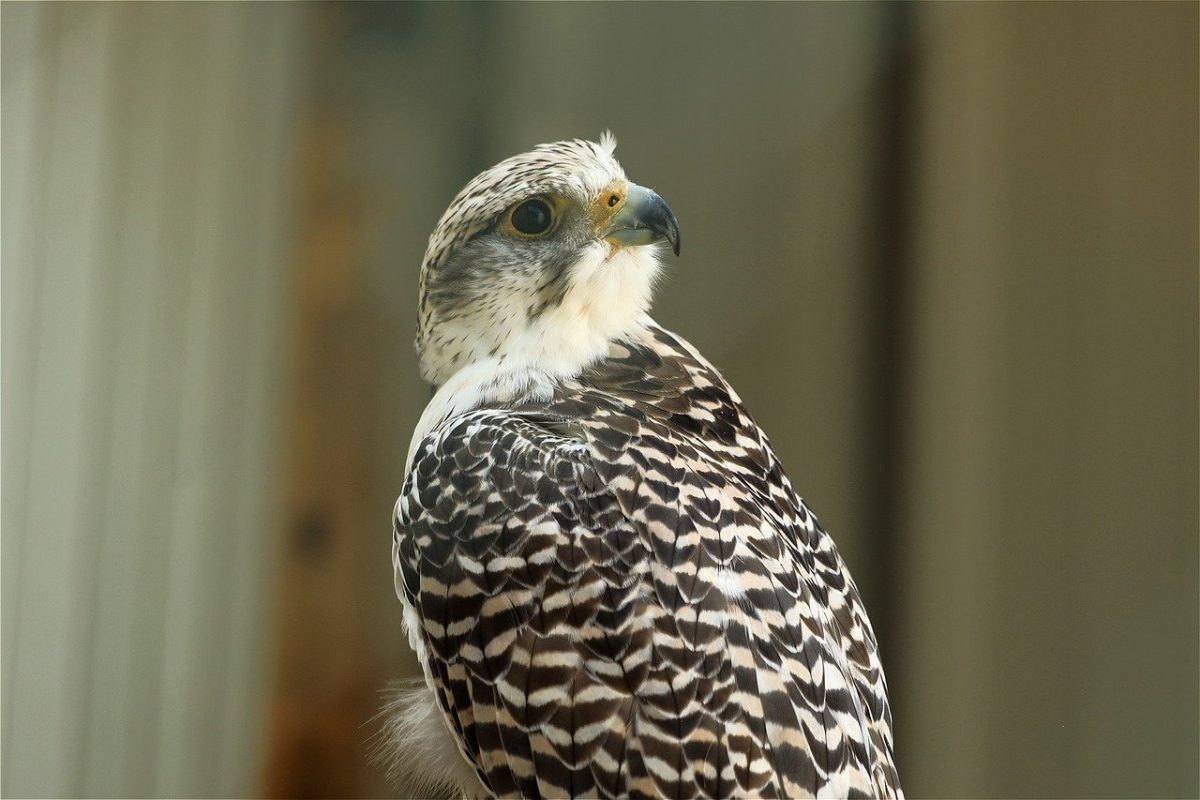
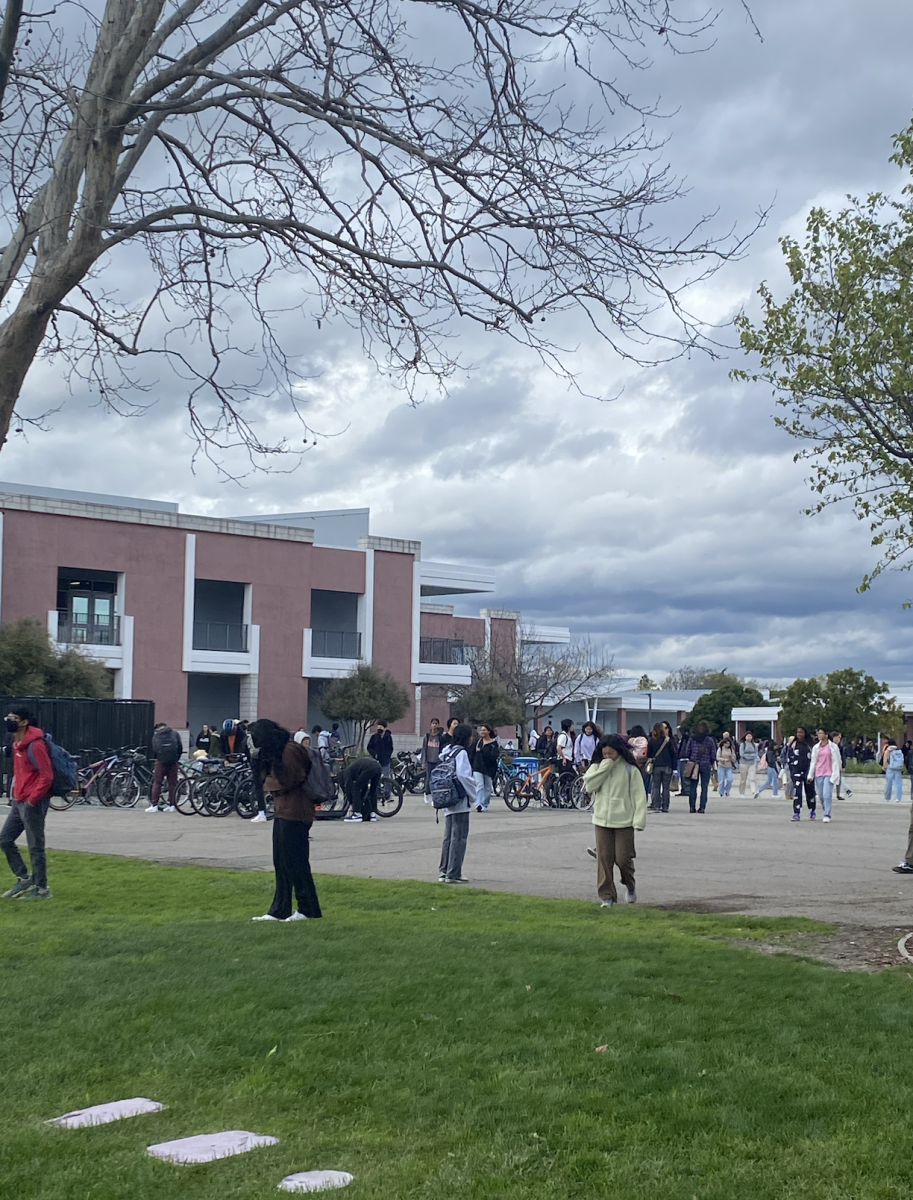
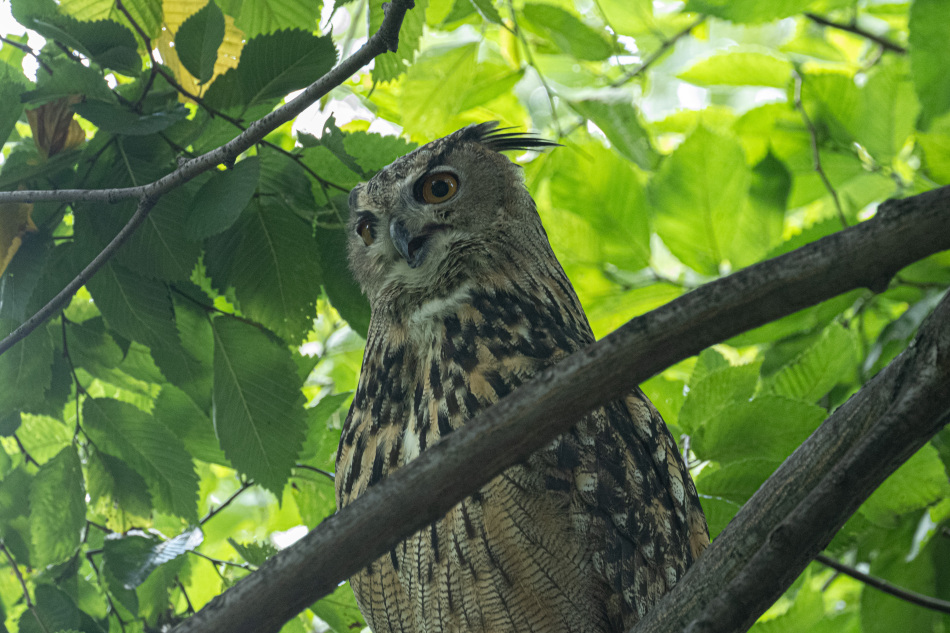








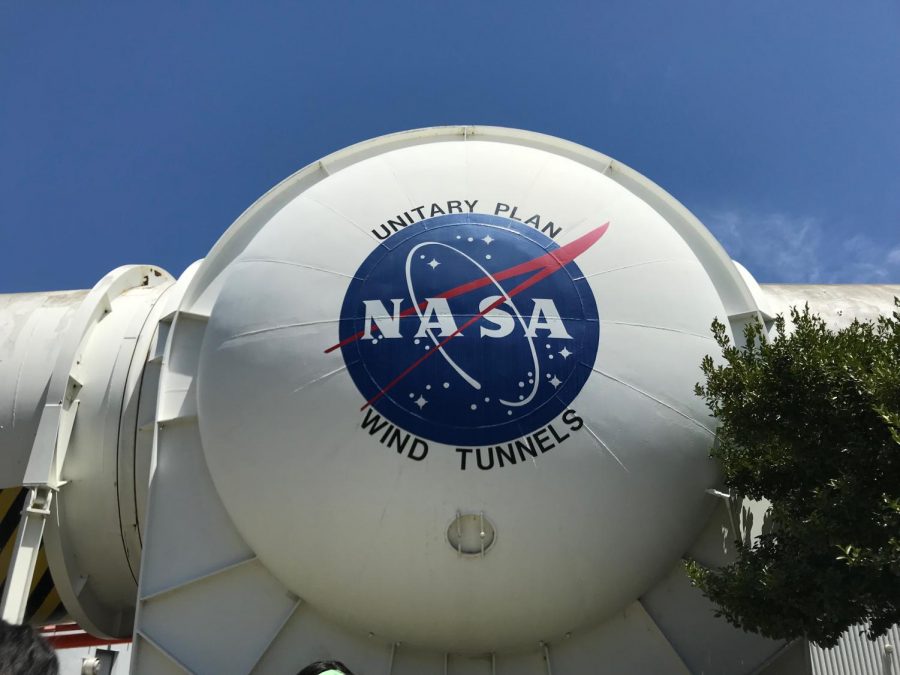
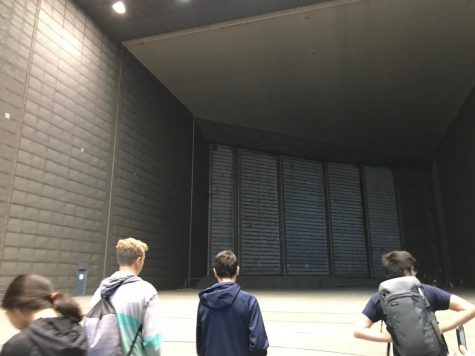
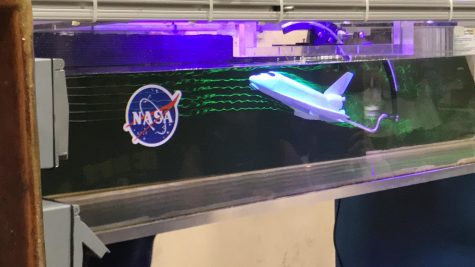
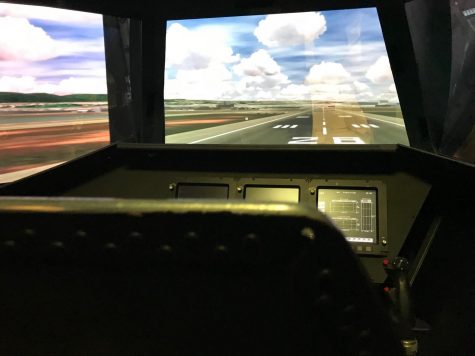
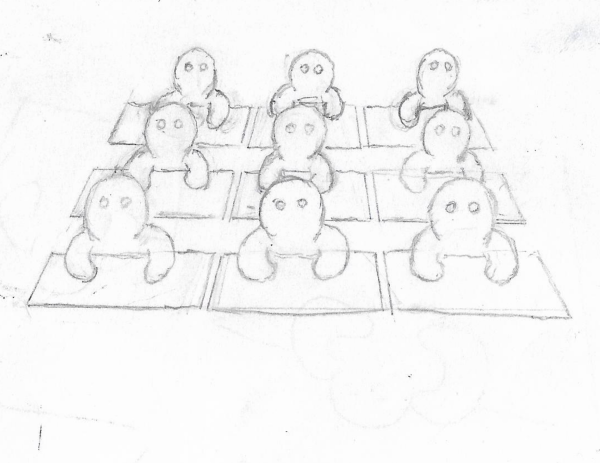
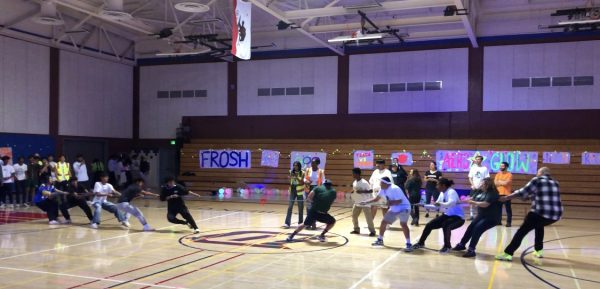
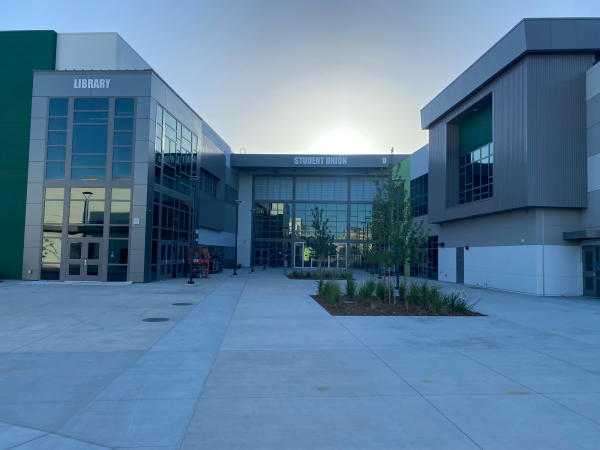
![[Book Review] Weapons of Math Destruction: The insidious danger of Big Data](https://thedublinshield.com/wp-content/uploads/2024/06/wmdsarticle-363x600.jpg)
